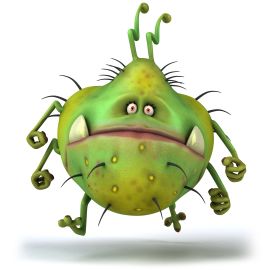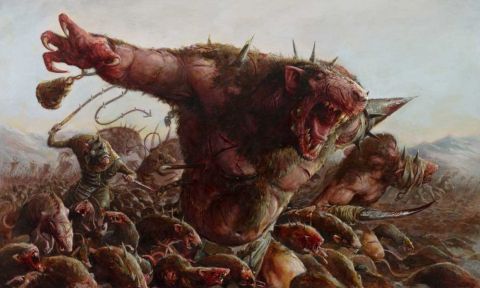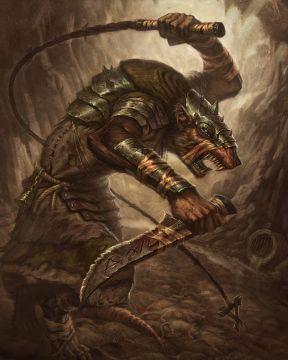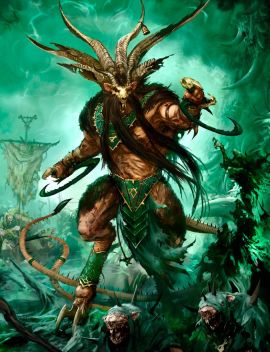The warrior and priestly castes draw their recruits from the clanrats of the tribe. These castes embody the Horned Rat’s aspects of conquest and disease. The caste that embodies poison, however, draws its recruits from the slave rats, the dregs of skaven society. The best of those dregs, who still occupy a rung on the skaven social ladder lower than the clanrats, become night runners, skirmishers and infiltrators.
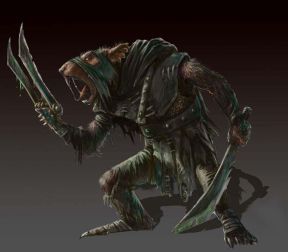
While murder and treachery are common ways of social advancement among skaven, these tactics represent the only way of advancement among the skaven assassin caste. Consequently, the assassin caste is the smallest in skaven society, but these stealthy murderers are also among the most feared and hated of the Horned Rat’s followers.
Night Runner
Armor Class: 8 [11]
Hit Dice: 1d6 hit points
Attacks: Weapon
Special: Back stab (see below), thievery (1-2)
Move: 9
Save: 19
HDE/XP: 1/15
While skaven warlords lead formations of clanrats and plague monks rally the faithful, the night runners slink through tunnels, sneak along ditches, seeking to flank their enemies, picking off stragglers before retreating into hiding. A night runner that attacks by surprise or from an unseen vantage gains a +2 bonus on its attack roll, but otherwise inflicts no additional damage. The night runner’s thievery ability may be used for any number of clandestine or stealth-based actions, subject to the Referee’s discretion. Night runners comprise the bulk of the assassin caste. Few live long enough to see advancement to gutter runner.
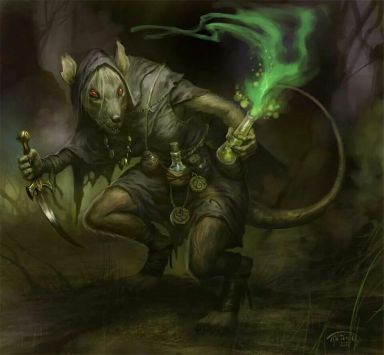
Gutter Runner
Armor Class: 6 [13]
Hit Dice: 1
Attacks: Weapon
Special: Back stab (x2), poison, thievery (1-3)
Move: 12
Save: 18
HDE/XP: 2/30
Faster, stealthier, and more deadly when attacking by surprise, gutter runners are also trained in the use of poison. They coat their weapons with venoms that can be deadly (+4 on saving throws to resist). Gutter runners prefer to attack from a distance, usually with shuriken-like weapons.
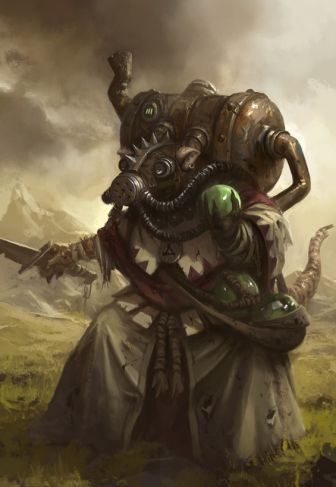
Poisoned Wind Globadier
Armor Class: 5 [14]
Hit Dice: 2+1
Attacks: Weapon
Special: Back stab (x2), poisoned wind globes, thievery (1-3)
Move: 12
Save: 18
HDE/XP: 3/60
Gutter runners chosen for special training may end up serving as poisoned wind globadiers. Equipped with protective masks (+2 on saving throws versus inhaled substances) and poisoned wind globes, crystal spheres filled with an exotic toxic that expands into a gaseous cloud when exposed to air, the poisoned wind globadiers skirt the edges of battle, seeking an ideal place to shatter one of their deadly globes. A poisoned wind globadier carries 1d4+1 globes, each of which can be thrown up to 30 feet to shatter, releasing a toxic cloud is a 10-foot radius. Those caught in the cloud are permitted a saving throw (+2 bonus) to avoid a painful death by asphyxiation.
Poisoned Wind Mortar Team
Armor Class: 5 [14]
Hit Dice: 2+1
Attacks: Weapon
Special: Back stab (x2), poisoned wind mortar, thievery (1-3)
Move: 12
Save: 18
HDE/XP: 3/60
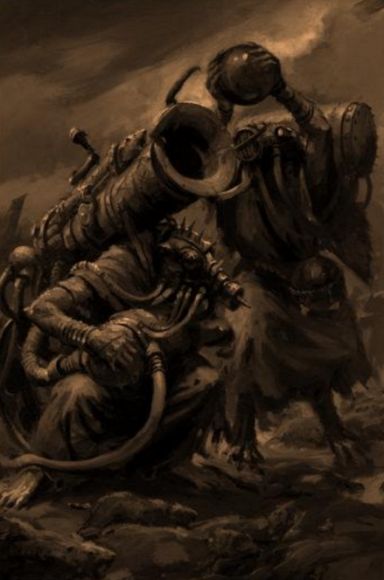
Gutter runners chosen to operate as a mortar team always go about in pairs. One carries the mortar while the other loads and fires the weapon, which propels of poisoned wind globe up to 90 feet. The equipment is bulky. Gutter runners weighed down by the poisoned wind mortar gear have thievery (1-2) and move 9. The stats above are for an individual that has abandoned his gear. A team usually carries 1d6+3 poisoned wind globes.
Skaven Assassin
Armor Class: 4 [15]
Hit Dice: 4+1
Attacks: Weapon
Special: Back stab (x2), poison, thievery (1-4)
Move: 15
Save: 15
HDE/XP: 5/240
The most skilled and most treacherous gutter runners may eventually rise to the rank of assassin. Armed with the most potent venoms and quite skilled in the arts of infiltration and stealth, a skaven assassin seldom operates in groups larger than two. Most prefer to work alone. When striking by surprise doesn’t get the job done, a skaven assassin is still a formidable combatant, trained to fight with a blade in each paw (and both blades invariably envenomed). A skaven assassin fighting with two weapon at once may choose each round a +1 bonus on attack rolls, a +1 bonus to AC, or a +1 bonus to damage.
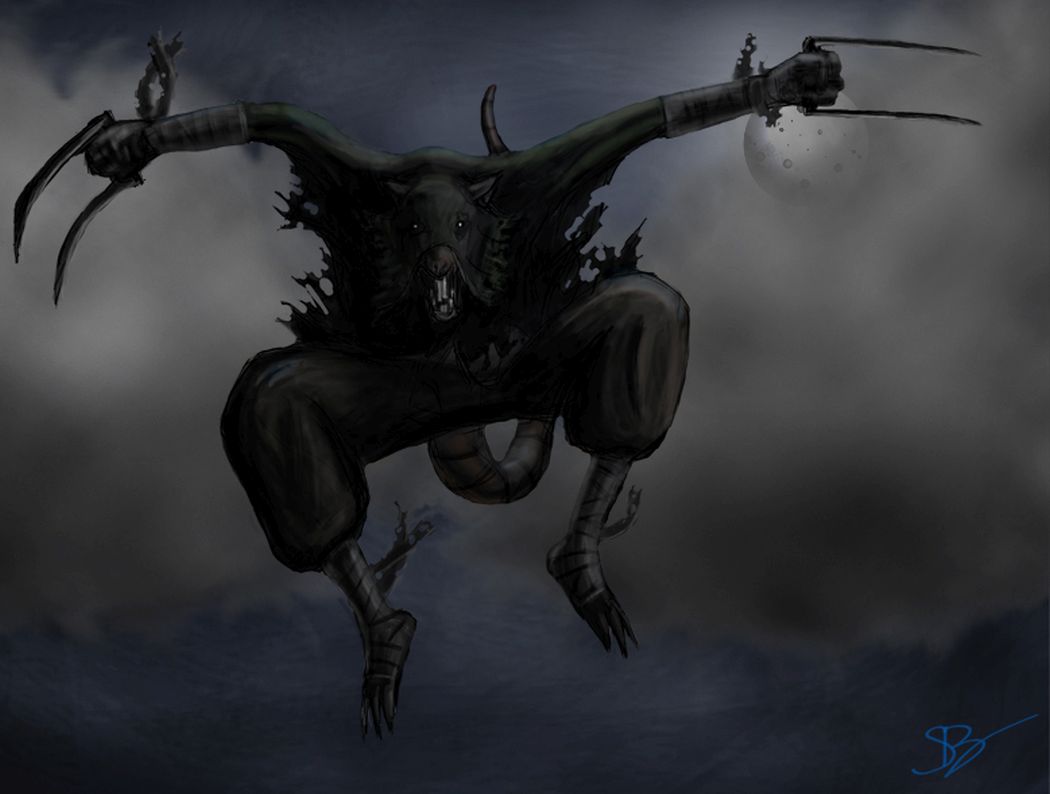
Tags: Children of the Horned Rat, monsters, Swords & Wizardry
